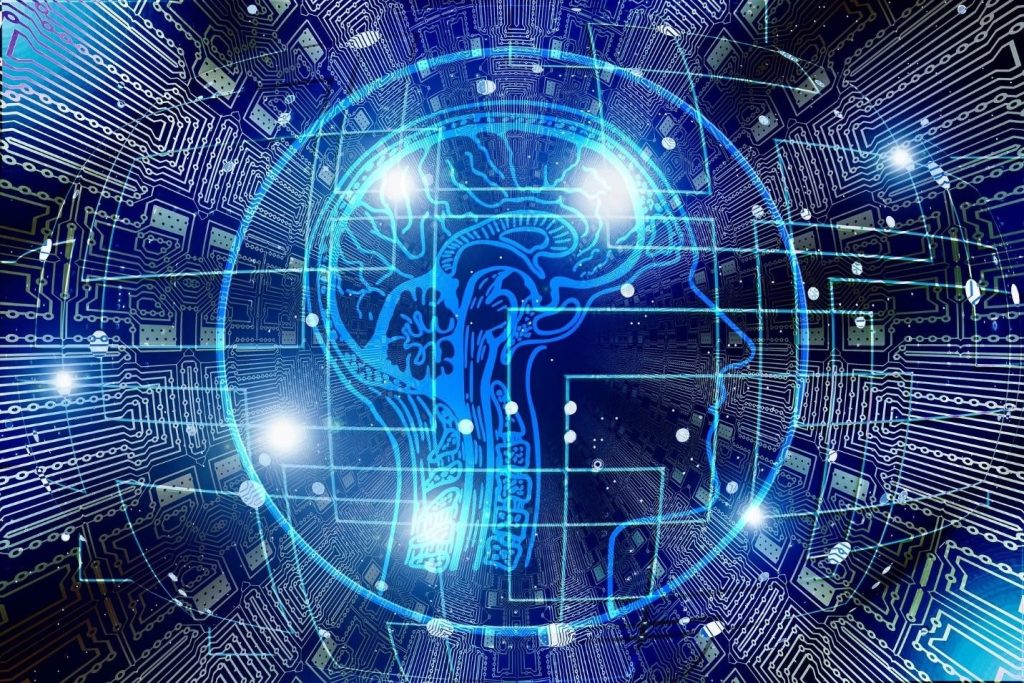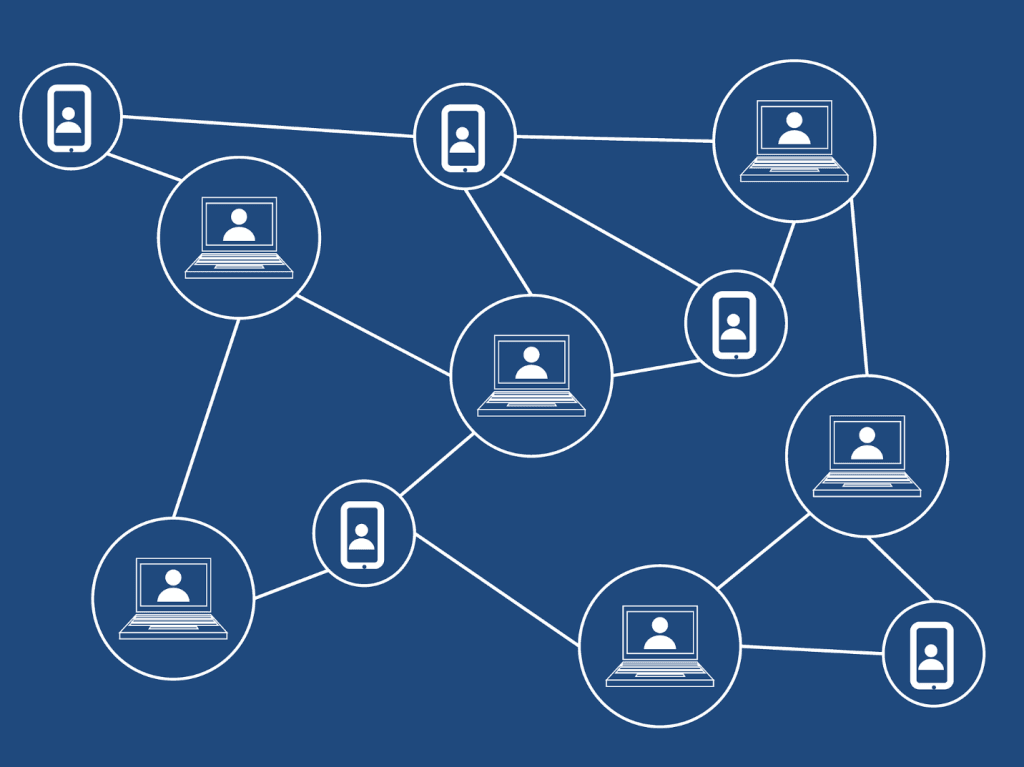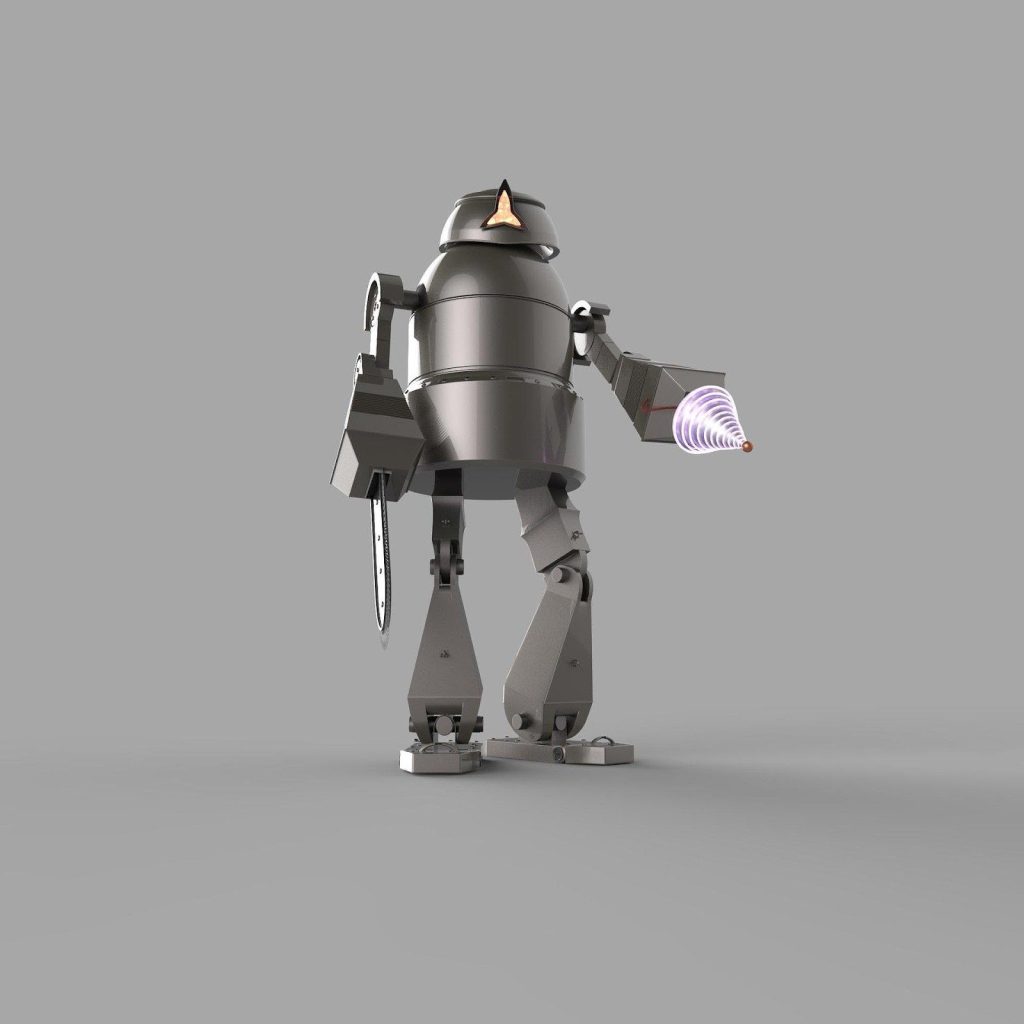The growth of humanity is marked by technology. Humankind has moved from small simplistic tools to sophisticated technologies such as robotics and artificial intelligence. There has been a significant technological shift from the agricultural revolution to the industrial revolution to the internet age. Now, humans can create technologies to work on their behalf and yet get the work done better by tech.
Every sector must prepare for the coming technological changes in the following years. Industry players should be prepared to adopt these new practices. Failure to keep up with technologies may knock companies out of business.
This piece unpacks the five technologies every sector should keep up with in the coming years.

1. Blockchain
Blockchain technology has supplanted itself as a force to reckon with. This is a decentralized online ledger, unlike traditional centralized records. The permanent record is not stored in a single location but exists on nodes spread across the system. Technology makes it hard to tamper with documents or to lose them.
Blockchain technology is seizure resistant or censorship-proof, meaning no third party can erase your data. Moreover, if you live in a country with bad governance, the government can’t come and take your assets out of the blue. The technology has caught the eye of organizations looking to store records and the potential use cases are impressive. It can be used in hospitals to keep records, underpin an online voting platform, track logistics, and be used in cybersecurity.
2. 5G and IoT
5G may not have had the best onset. Its launch was marred with propaganda, and people were wondering about the need for an extra G since there was already 4G. Yet, the difference between 5G and 4G is significant. Networks using 5G are 100 times faster than those using 4G. You will connect more devices, lower latency to zero, and get more reliable signals.
IoT will expand the power of computers, as you know, to an array of processes, environments, and objects. This technology will go a long way in providing the base for the Internet of Things, a technology’s cornerstone for futuristic achievements, such as robot-driven agriculture, smart cities, and self-driving highways.

The combination of IoT and 5G will continue the recent trends and take them to the next level. Real-time sharing of events and desktop captures will be seamless. The remote office will inadvertently become more dependable thanks to 5G.
3. AI and Machine Learning
AI, or artificial intelligence and machine learning, refers to the ability of a machine to act and learn intelligently. This means that devices can carry out tasks, make decisions, and predict future outcomes from what they know from data.
Artificial intelligence will revolutionize every aspect of modern life. AI and machine learning are the fundamentals on which other technologies are created. The Internet of Things, chatbots, virtual reality, robotics, facial recognition, and self-driving cars can be attributed to these technologies.
AI will also transform human jobs. Automation due to AI will have a huge impact and may lead to job displacement. Yet, technology will improve working conditions and create other jobs to replace the displaced ones.

4. Augmented/ Virtual Reality
Virtual reality has been around for a while. Recent developments such as the entrance of Google and Facebook, reduced hardware costs, and increased processing power mean the day for augmented reality has dawned. The technology is becoming more widely accepted in smartphone apps, making it easier to sell it moving forward.
Microsoft announced Microsoft Mesh, which hopes to capitalize on remote work. The idea combines mixed reality technologies to create virtual shared spaces that business teams can use to work on projects and hold meetings. This technology can also be used in the retail space. Customers can sit in an amphitheater before buying tickets or try clothes in a virtual avatar.
5. 3D Printing
3D printing also refers to as additive manufacturing which means designing a 3D object from a digital file by building it layer by layer. It may appear distinctly lower tech than AI, but it can potentially transform the manufacturing sector. Factories can quickly print spares for machinery on-site using 3D printing.
3D technology creates many possibilities. It also brings particular challenges that should be overcome. Moreover, the environmental impact of the technology should be considered as much as the technology uses few materials.
Other challenges posed by 3D printing include challenges with intellectual property. The technology allows counterfeiters to produce licensed goods quickly. The other challenge is that the technology allows easy manufacturing of weapons. Yet, the advantages are incomparable.

Wrapping Up
It is human nature to develop new ways of doing things. Technologies are meant to make lives easier while lowering the cost of doing things. So, you can always expect new technologies to come up and revolutionize how things are conducted.
As new technologies emerge, it would be best to keep up with them. Ensure you are on top of the trends in your sector to be safe. The above technologies are among the notable innovations you should watch.


















































